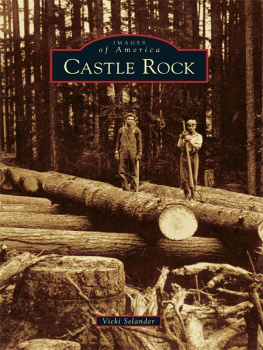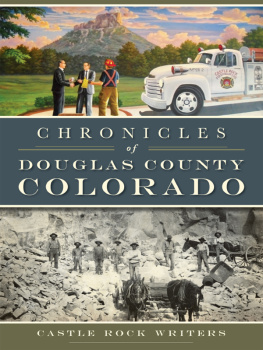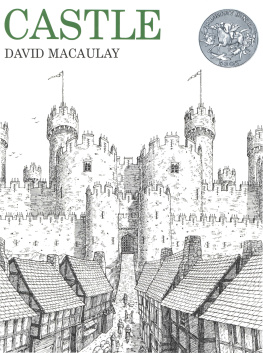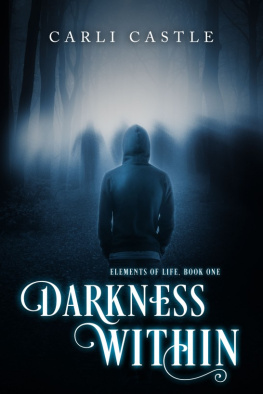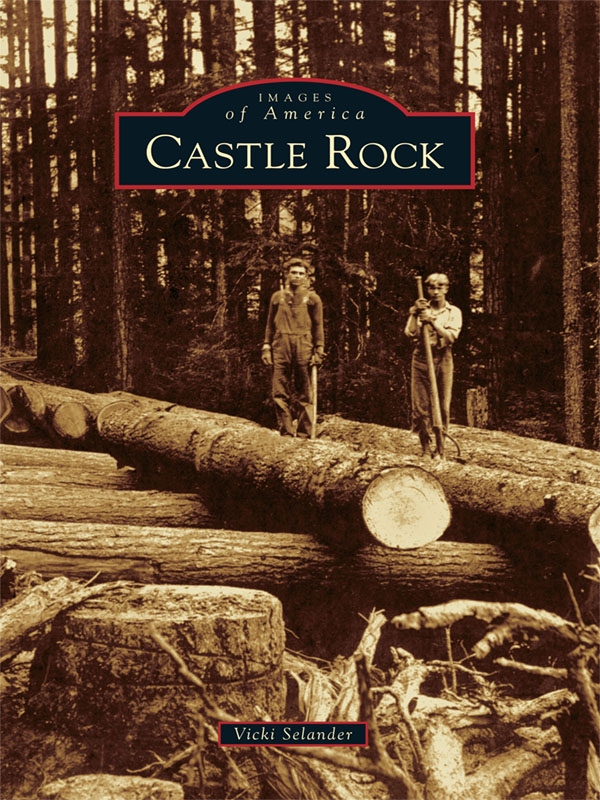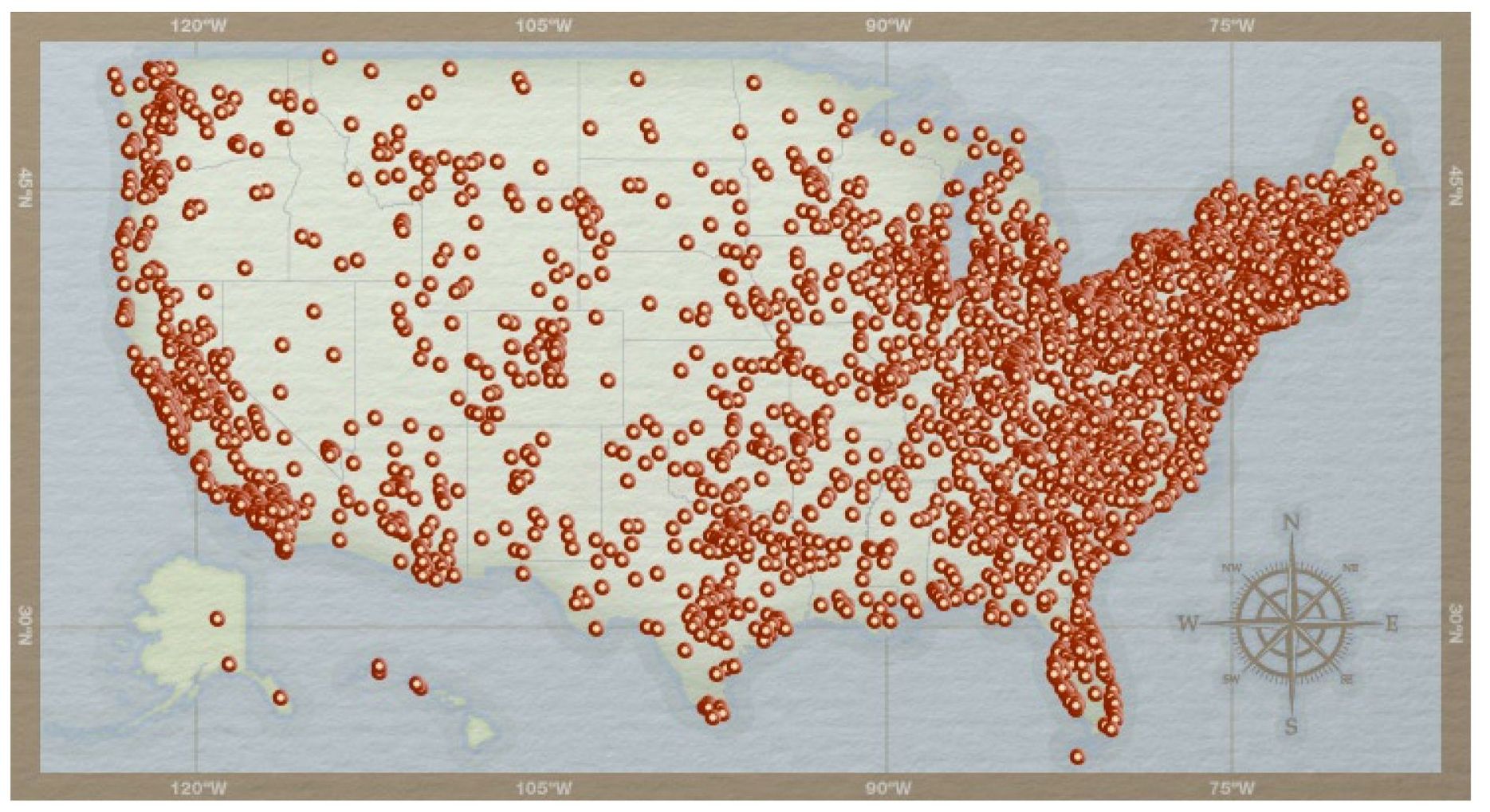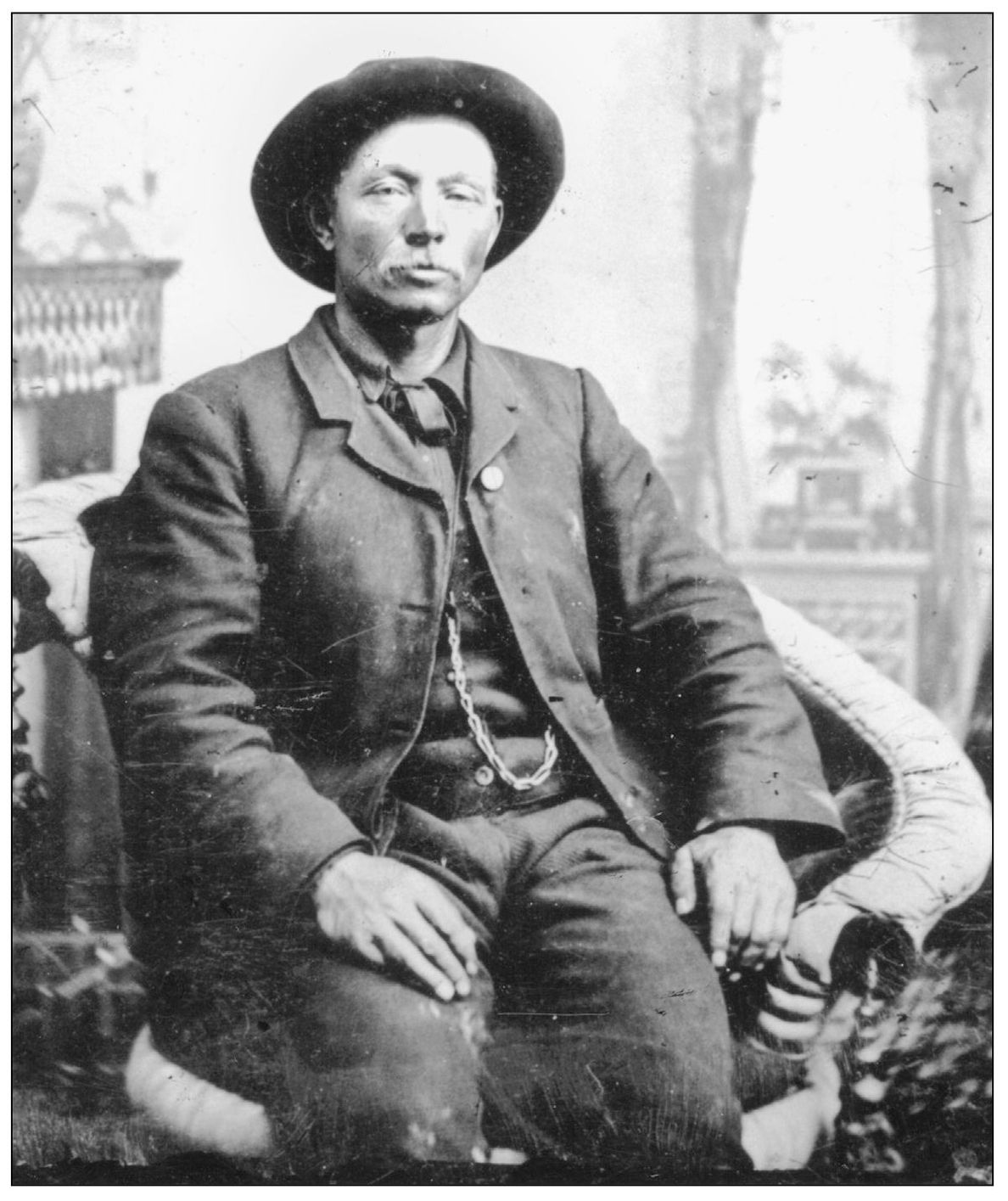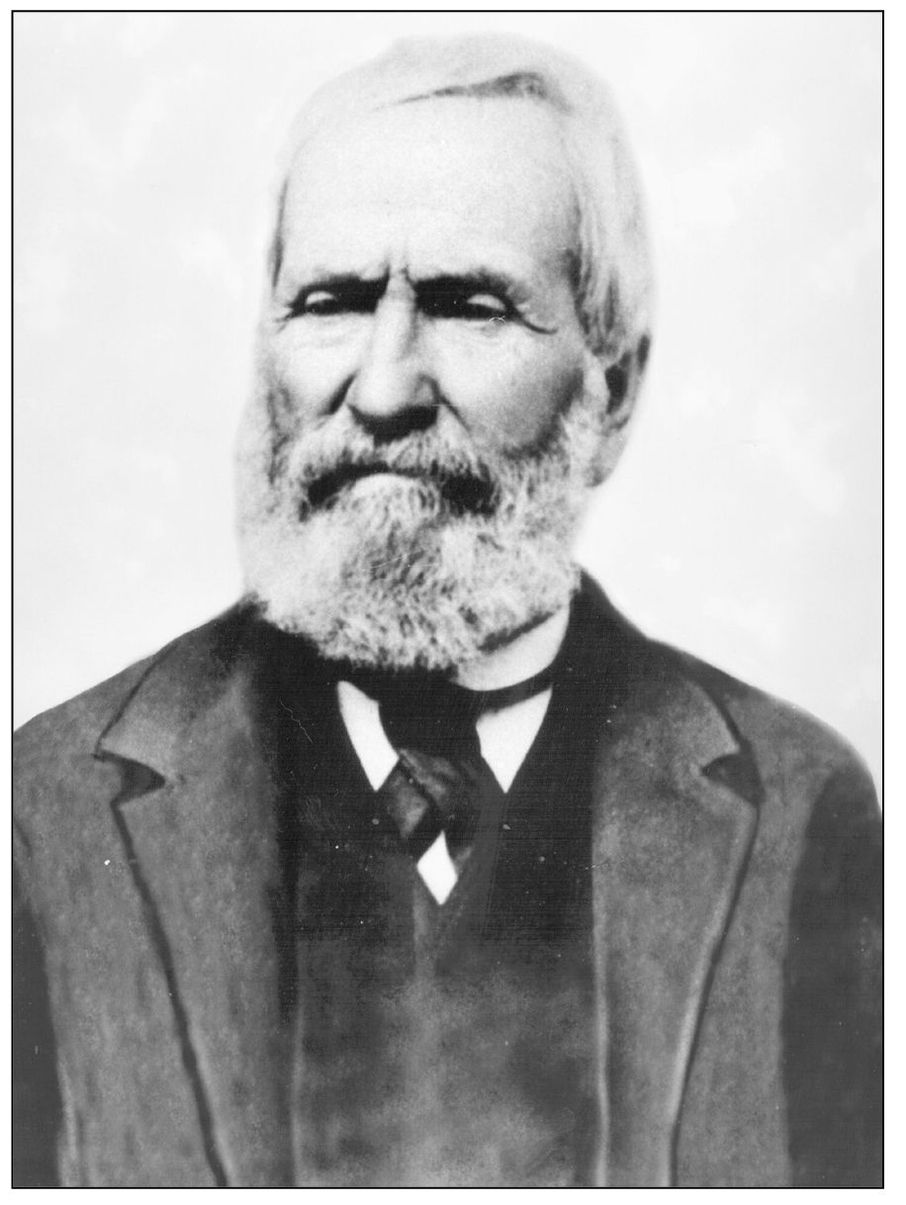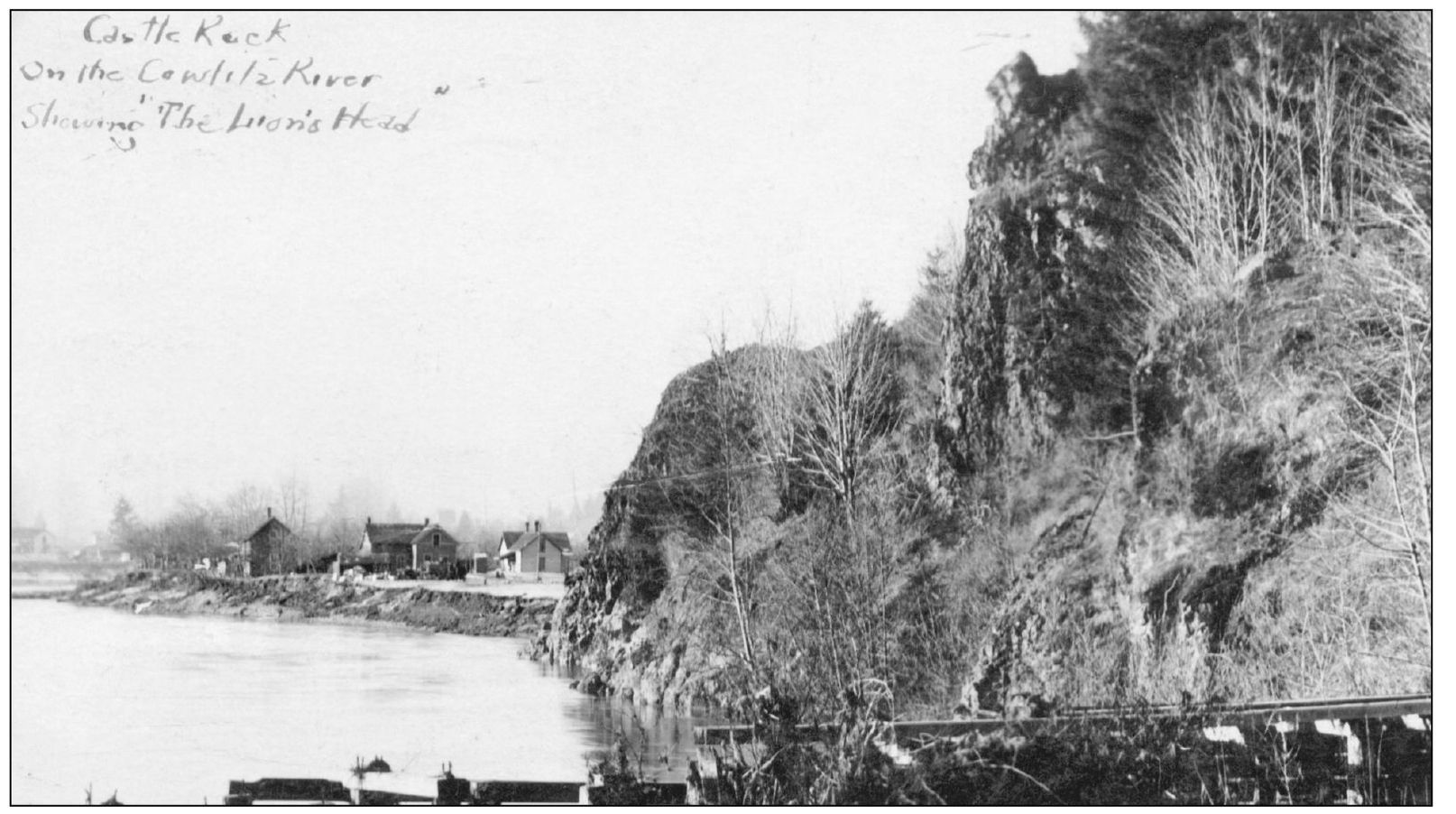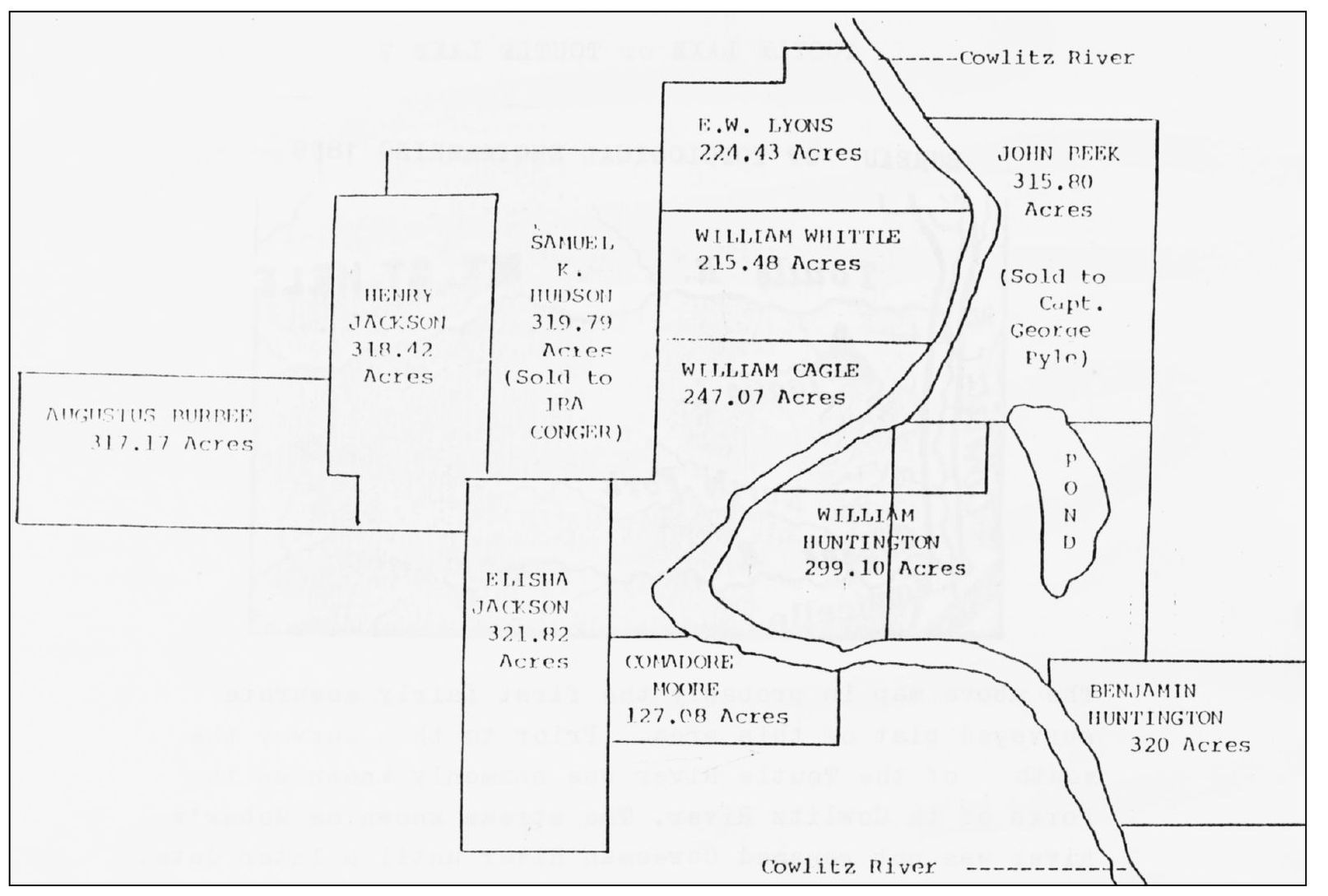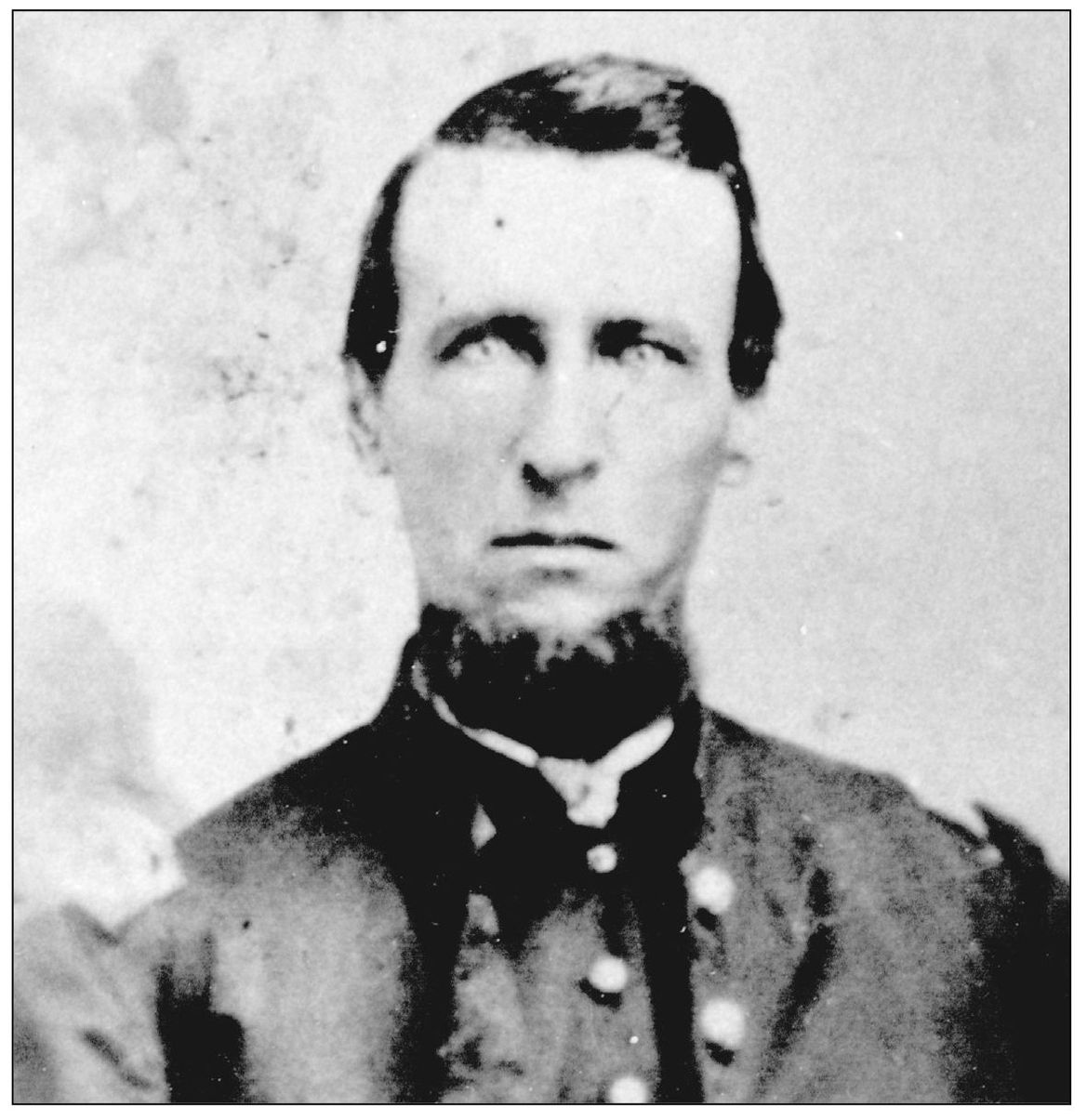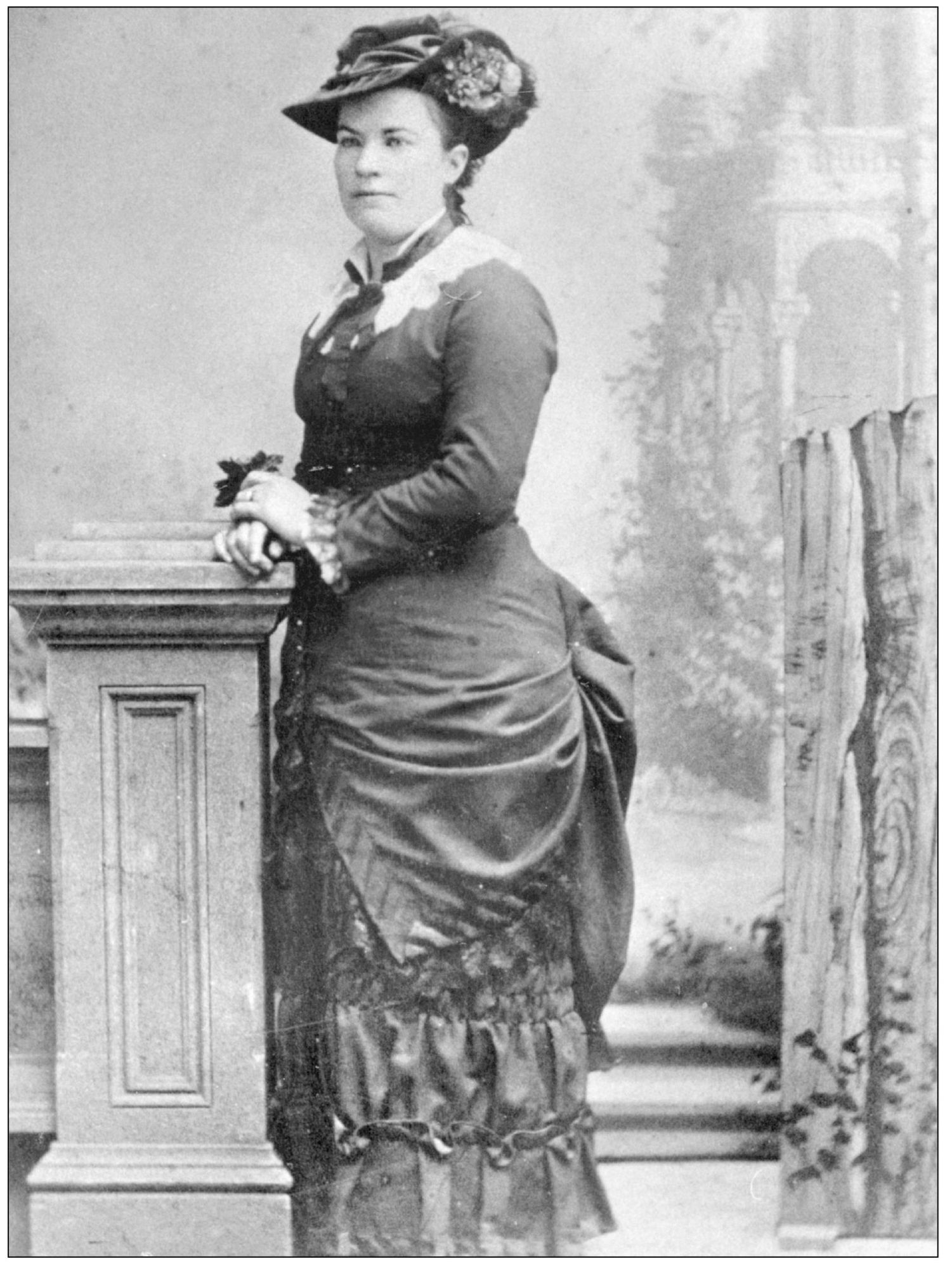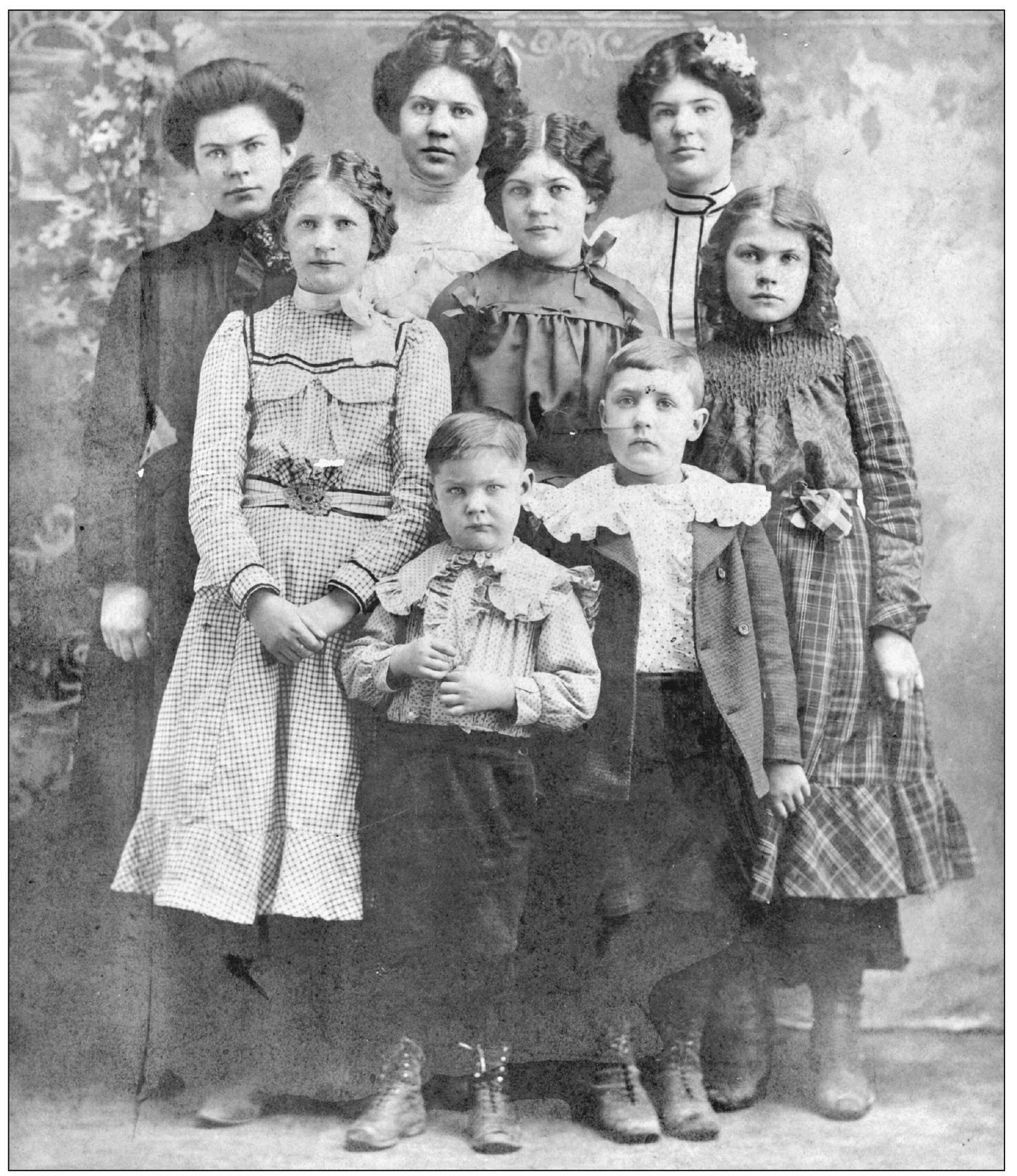One
PEOPLE PUT DOWN ROOTS
Henry Cheholtz was a Lower Cowlitz (who called themselves Taitinapum) Indian who received his own donation land claim from the U.S. government in 1890. He was born before 1840, was here before the white settlers came, and lived to be 116. He is buried in the Whittle Hubbard Cemetery.
Shown here is the Cheholtz family, who are, from left to right, Kathleen Cheholtz, Elisha Cheholtz (who was named for Henrys great friend, Elisha Jackson and who was called Little Elisha), John Cheholtz, Capt. Peter Cheholtz, Lemmea Cheholtz, and Henry Cheholtz. The man standing in back is unidentified. Kathleen and Lemmea are identified as Henrys wives. Henry and his family lived on the banks of the Cowlitz River near the town and sold fresh salmon caught in the river. In a speech at a Fourth of July celebration in Castle Rock, he predicted the reduction in fish and wildlife, which he said would be due to the unrestrained fishing and hunting practices of the white immigrants. In 1911, he sold his homestead to Niles and Amanda Thurston, whose descendent Murray Hyde still owns and occupies 55 acres of the original 150-acre land grant. (Courtesy CCHM.)
William Huntington, with his wife, Eliza, filed a donation land claim and built a log house near an 80-foot-high rock formation called Castle Rock. William, age 39, and Eliza had arrived in 1953 in wagons pulled by ox teams from St. Joseph, Missouri. They were accompanied by three children: Annette, Jacob, and Benjamin Franklyn. Four more were born later: Susan, Mary Emily, Charles Alvin, and George. William Huntington was the first postmaster of the town and the first minister, in addition to being a federal marshal and a member of the Washington Territorial Legislature.
This is a view of Castle Rock. At first, it was the end of a ridge of rock that pointed out into the Cowlitz River. When the Northern Pacific Railroad brought tracks in, workers blasted through the ridge that made the rock into a separate formation from the rest of the ridge. There is a small road and path up to the top of Castle Rock, where a covered picnic table welcomes the person tenacious enough to get to the top.
This map shows the unadjusted property lines of the original donation land claims of what are now Castle Rock and the Delemeter Valley (then called the Arkansas Valley). Federal government surveyors of 1859 altered many lines to correct mistakes and excess acreage. (Courtesy Castle Rock Public Library.)
Capt. George Robert Pyle served in the Union army during the Civil War. He received field promotions from sergeant to captain by the wars end. After filing his first land claim at Silver Lake, he was followed by his family. Later he bought the John Beek claim and built the first frame house in the town, the Pyle cottage. He also laid out part of his land in 1-acre lots.
Sarah Hoar Pyle, wife of George Pyle, was the first schoolteacher at Silver Lake. She rowed a boat across the lake and back every day. After being widowed, she opened a shop in her house. She and her daughter, Laura, sold supplies to settlers as well as locals. They also served meals to working men in the area. This was the first store and restaurant in Castle Rock.
Laura Pyle Merrill was the daughter of Capt. George Pyle and his wife, Sarah. Laura married Roswell Roddy Merrill in 1983. This photograph may have been an engagement portrait. She helped her mother to establish and run the first store in the Pyle cottage, which was located at the corner of Huntington Avenue and Cowlitz Street East. The location is now a lumberyard behind Castle Rock Lumber. Later they built a store building in the developing business area near the Kellogg boat landing and the J. R. Robin and Sons shingle mill, about where a convenience store now stands. She was a literate woman and a dedicated letter writer. Some of her letters survive in the hands of one of her great-grandchildren and give an interesting picture of life in the town from 1910 to the 1920s.
This portrait of the children of Roswell Merrill and Laura Pyle Merrill was taken in 1910. They are, from left to right, (first row) Albert Merrill and Harlan Merrill; (second row) Alice Merrill McCormick, Sara Merrill Murphey Selander, and Frances Merrill Underdahl; (third row) Mary Merrill Smith Fuller, Grace Merrill McKinley, and Annie Merrill Finley Buck. Elwood George Merrill was not born at the time this photograph was taken. Alice Merrill McCormick and her husband, William Billie McCormick, owned and operated a butcher shop in downtown Castle Rock. Sara Merrill Murphey Selander was a woman ahead of her time. As the mother of three young girls, she divorced her first husband because of his drinking problem and supported the family by becoming a housekeeper. She later married Victor Selander, and they had two more children together. (Courtesy Ellen Jacobson.)

